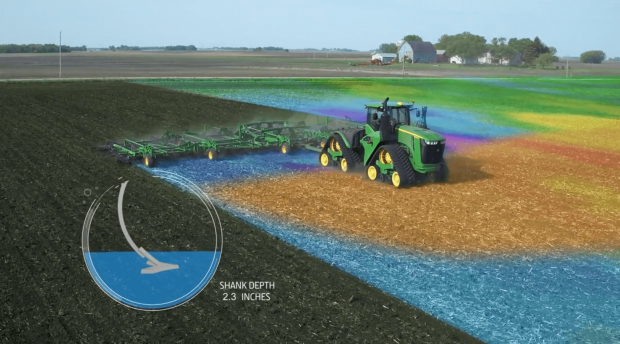
Breaking News
 Candace Owens Reacts to Erika Kirk's Interviews and Comments about Questioning TPUSA
Candace Owens Reacts to Erika Kirk's Interviews and Comments about Questioning TPUSA
 Bank of America just leaked their report to institutional clients.
Bank of America just leaked their report to institutional clients.
 IDEAL HUB TO KICK OFF THE GRAND PLAN: BIRTH OF "USAMERICAS"
IDEAL HUB TO KICK OFF THE GRAND PLAN: BIRTH OF "USAMERICAS"
 Why It's Cheaper to Abandon This Container
Why It's Cheaper to Abandon This Container
Top Tech News
 This tiny dev board is packed with features for ambitious makers
This tiny dev board is packed with features for ambitious makers
 Scientists Discover Gel to Regrow Tooth Enamel
Scientists Discover Gel to Regrow Tooth Enamel
 Vitamin C and Dandelion Root Killing Cancer Cells -- as Former CDC Director Calls for COVID-19...
Vitamin C and Dandelion Root Killing Cancer Cells -- as Former CDC Director Calls for COVID-19...
 Galactic Brain: US firm plans space-based data centers, power grid to challenge China
Galactic Brain: US firm plans space-based data centers, power grid to challenge China
 A microbial cleanup for glyphosate just earned a patent. Here's why that matters
A microbial cleanup for glyphosate just earned a patent. Here's why that matters
 Japan Breaks Internet Speed Record with 5 Million Times Faster Data Transfer
Japan Breaks Internet Speed Record with 5 Million Times Faster Data Transfer
 Advanced Propulsion Resources Part 1 of 2
Advanced Propulsion Resources Part 1 of 2
 PulsarFusion a forward-thinking UK aerospace company, is pushing the boundaries of space travel...
PulsarFusion a forward-thinking UK aerospace company, is pushing the boundaries of space travel...
 Dinky little laser box throws big-screen entertainment from inches away
Dinky little laser box throws big-screen entertainment from inches away
 'World's first' sodium-ion flashlight shines bright even at -40 ºF
'World's first' sodium-ion flashlight shines bright even at -40 ºF
New John Deere Tractors Plow Day and Night With No One in the Cab:

John Deere, the world's largest farming implements producer, just unveiled a self-driving tractor to plow America's acreage by day or night without a driver.
Unveiled at the Consumer Technology Association (CES) convention 2022 in Las Vegas, John Deere have said that the 8R autonomous tractor will "enable farmers to place seeds, spread nutrients, and harvest their crops without having to touch the steering wheel."
It's a technological revolution that's been creeping up on us all, with the introduction first of lane assist, auto parallel parking, and then of the self-driving modes on various makers like Tesla.
For a tractor, there are no intersections, pedestrians, tall buildings to block GPS signals, traffic, or balls rolling into the road, and so an autonomous vehicle has much less to contend with.
As large and segmented as America's hinterlands are, farmers often have to plough, cultivate, seed, spray, and harvest many thousands of acres on separate paddocks miles away from each other. With an autonomous tractor, they can plow one field robotically, and another the old-fashioned way, giving farmers more time to do more sensitive work.
"The driverless tractors are equipped with six pairs of cameras that work like human eyes and can provide a 360-degree image," AP reports. "When filtered through computer algorithms, the tractor is able to determine where it is in the field and will abruptly stop if there is anything unfamiliar in its path."
Given changing climatic conditions, the opportunity to double or triple the labor inputs to capitalize on short periods of ideal temperature and moisture can mean thousands of dollars more per acre for farmers.



